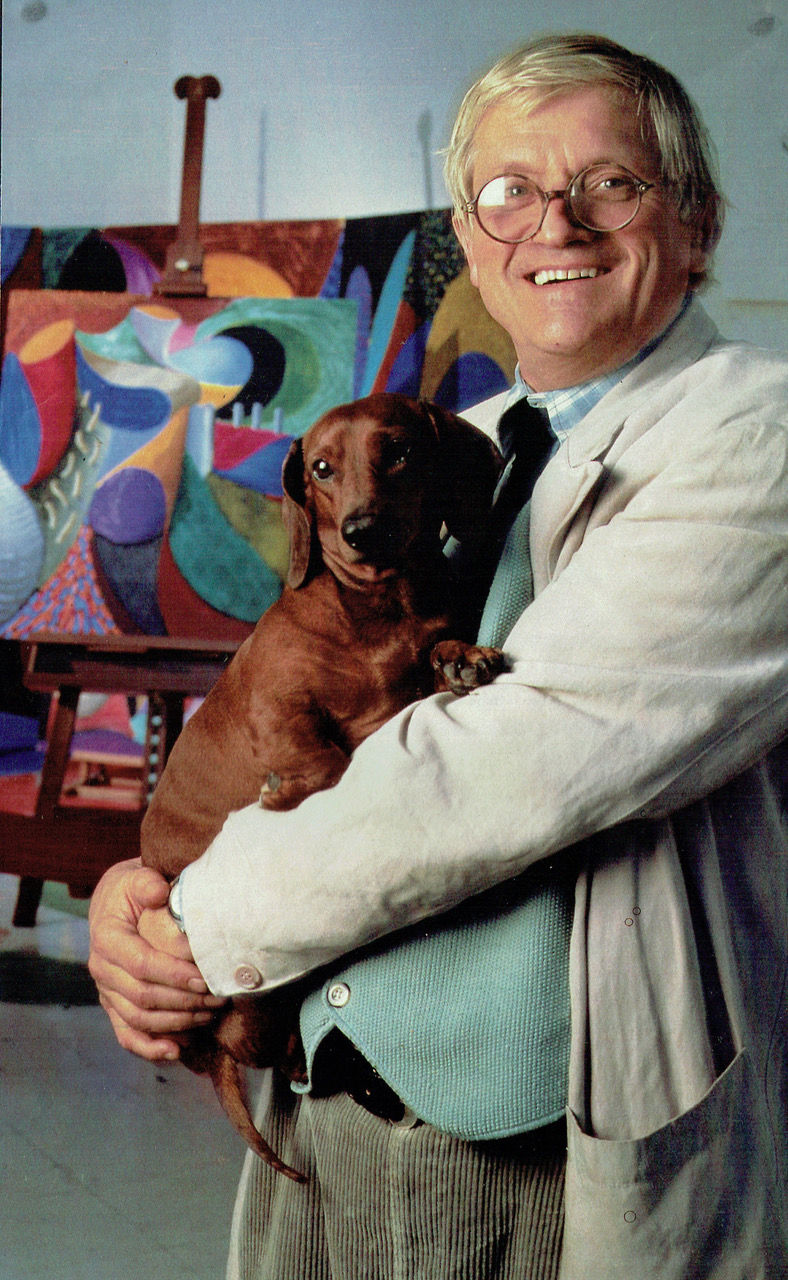Bonchurch, Swinburne, Epstein and Great Aunt Ida.
- Sue Lowday Leatherwork
- Feb 21, 2024
- 4 min read
I am sorting through my ancient collection of saved items and I have re-discovered a series of magazines that were given to me on a visit to a friend of my great aunt Ida Matthews in Leeds when I was about 14 years old. I wanted to do ‘Art’ when I grew up. I was extremely shy barely able to speak to anyone so meeting strangers was extremely difficult as I didn’t know what to say to them. My aunt's friend was called Cissy Klein.
I was told that she had a very important collection of ‘Art’. I was led into the front room of a 1920s house where there were many plinths around the edge draped in see-through covers. It wasn’t a warm friendly room and I didn’t like the ‘Art’. I was told they were bronze and they were by a sculptor called Jacob Epstein, which meant nothing to me, but was told that the sculptures were valuable and very important. I still didn't like them and it was intimidating walking in on a space that had such veneration, I may think differently now.
Occasionally I have a flash of this memory, and now there are no relatives to ask about it. I have tried an internet search for Cissy Klein without success who was an old lady when I met her. However, I have just discovered that Jacob Epstein made a sculpture of Jacob Kramer in Leeds that is now in the city art galleries. I have to laugh, I applied to do the Art Foundation Year at the Jacob Kramer Art School in Leeds, where my portfolio was picked to pieces by the tutors and I ended up in tears. I went to Sheffield instead where the interview was much kinder.
It remains a mystery how and why Cissy Klein owned so many of the maquettes, there were at least eight of them.
Nevertheless, Cissy Klein gave me a quantity of magazines about ‘Art’ with the promise that I would look after them. My parents did the talking and told her that I would definitely look after them and that I was very grateful.
The magazines have moved with me throughout my life with the occasional glance. They are definitely full of ‘Art’, however, it was not the sort of art I was interested in. They are nice magazines though and I haven’t looked after them very well.
Today I looked again and spotted a piece about Swinburne and his poetry. It is a surprisingly long piece compared with some of the other entries, such as a piece on Rossetti whose work is more prized today. I thought it was a good informative piece giving samples of Swinburne’s poetry with an interesting description of the person.
Bonchurch has a great bond with Swinburne of course. When I give my talks around the village we spend some time by the gates of his family home and by Swinburne’s grave in the Parish Church graveyard where the burial caused a stir. I have to admire him, he was a bit of a brilliant wild child even in death.
I think it is time to let go of the magazines. They are interesting from a historical point of view. They date from 1923 -24 and are in mixed condition.
“THE OUTLINE OF LITERATURE AND ART. Edited by John Drinkwater and Sir William Orpen. Completed in 24 fortnightly parts. (George Newnes, Ltd. 1s. 2d. per part.) 1923 -24”
I have to thank my great aunt Ida for my career, she had a very small number of silver spoons that I used to enjoy using and inspecting the Hallmarks. My mum bought me Jackson’s book of Hallmarks to try and date them. Years later after completing my foundation course at Sheffield Polytechnic, I went onto the BA Silversmithing and Jewellery course staying in Sheffield which I loved. Unfortunately, there were very few opportunities to find customers for silver work, unless perhaps making trophies etc.
My first and only job after graduating was with the Sheffield Assay Office where I started by hallmarking items. I was then promoted to ordering the marking punches. The job ran alongside taking care of the plate collection that the Assay Master, Mr Johnson had started. One of my jobs was repairing damaged antique pieces and tracking the items to find where they were listed in the old day books. The books were fascinating documents dating from when the Assay Office opened in 1773.
If you invite me for a drink or meal, and you see me turning the cutlery over, it is because I still have the Sheffield disease. That is inspecting the back of the cutlery to see where it was made and who made it. It's always with pride spotting ‘Made in Sheffield’, and a very great pleasure if offered a silver spoon to stir the tea.
Check out my blog on www.dickenswalks.co.uk website for the article on Swinburne's poetry.






Comments